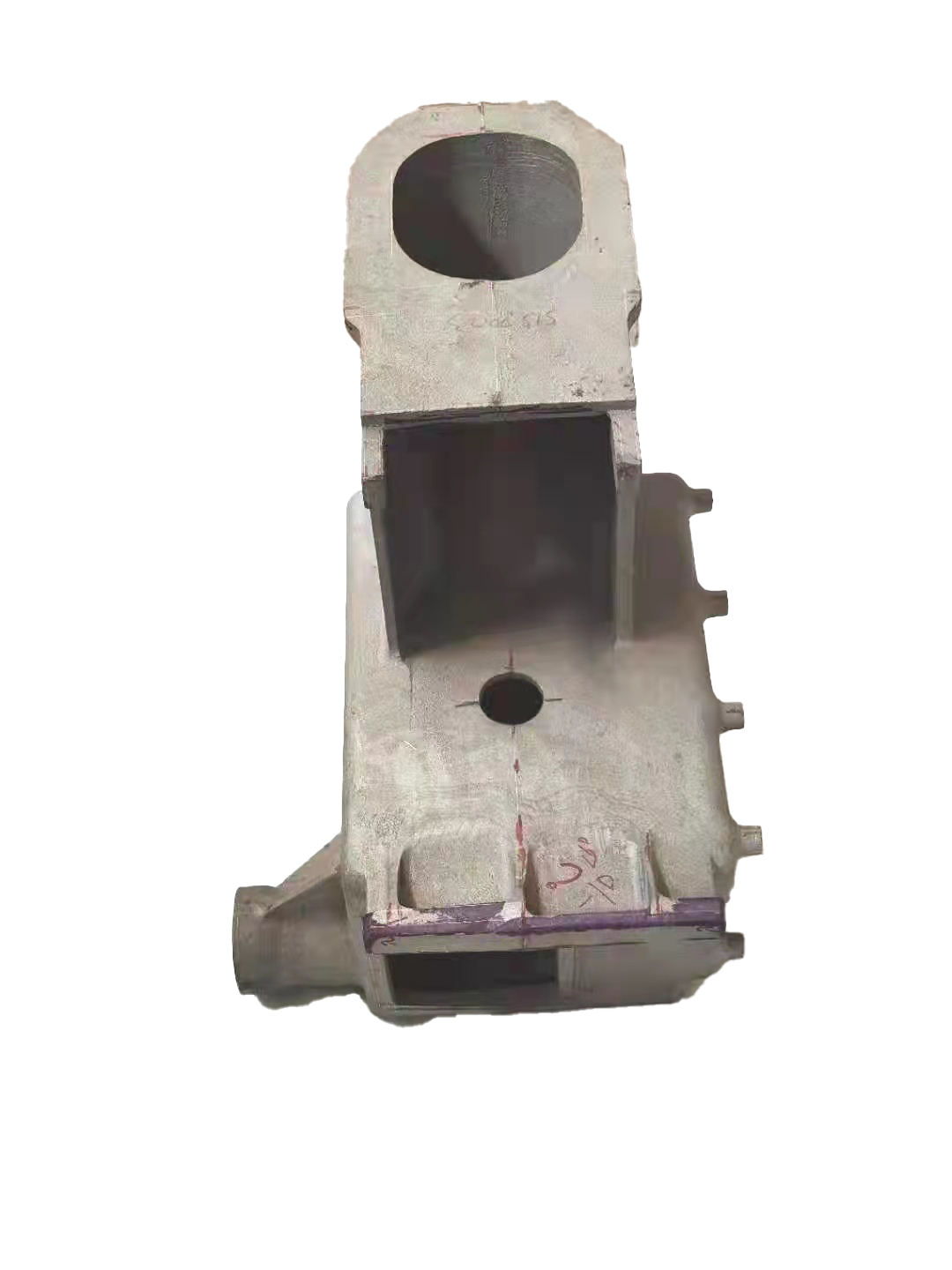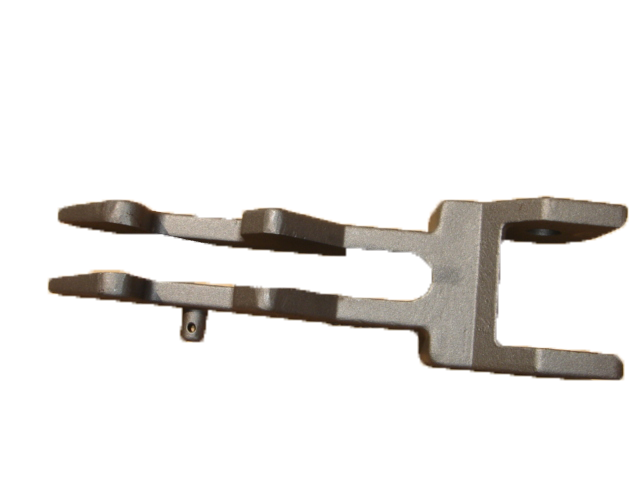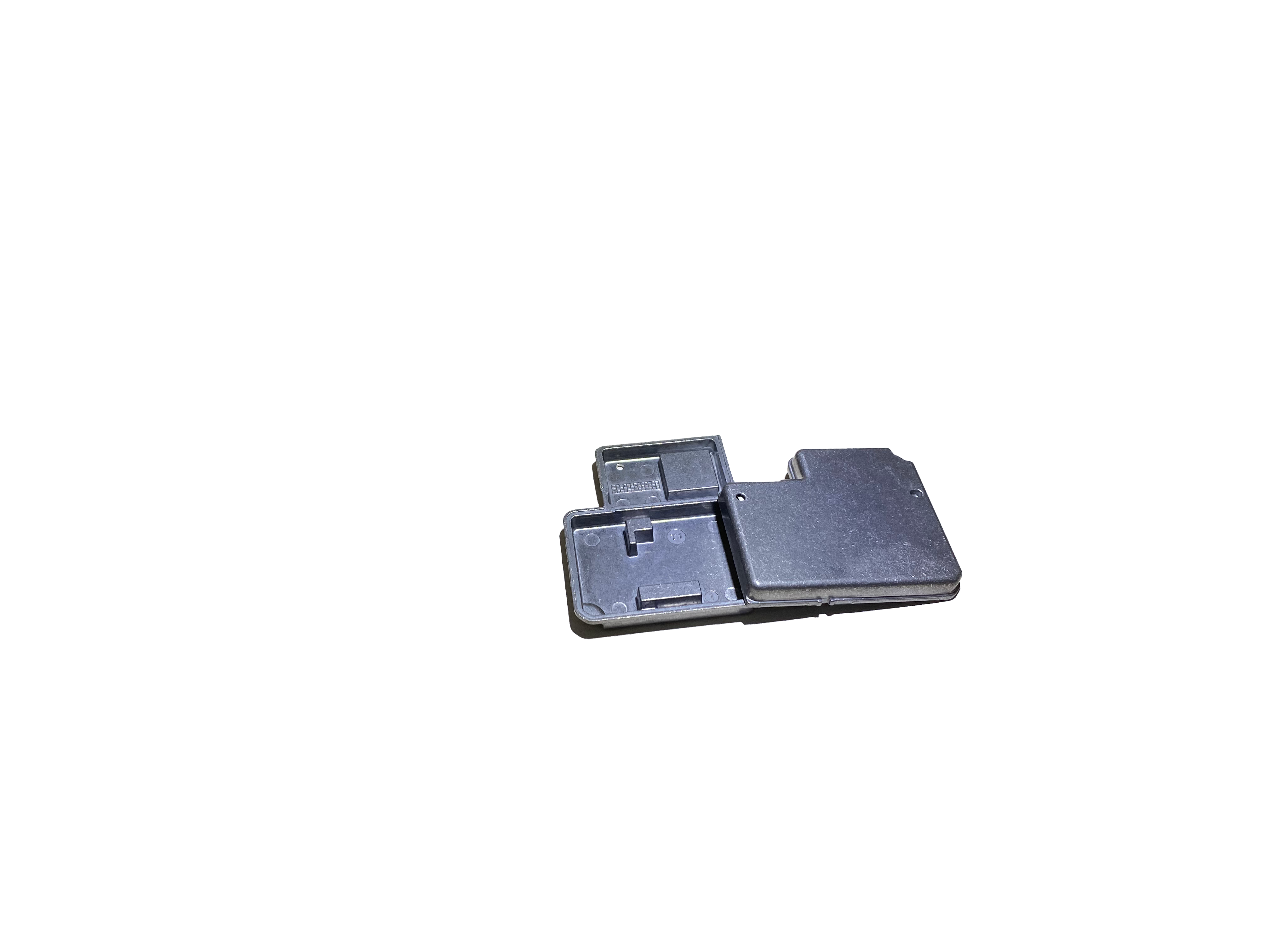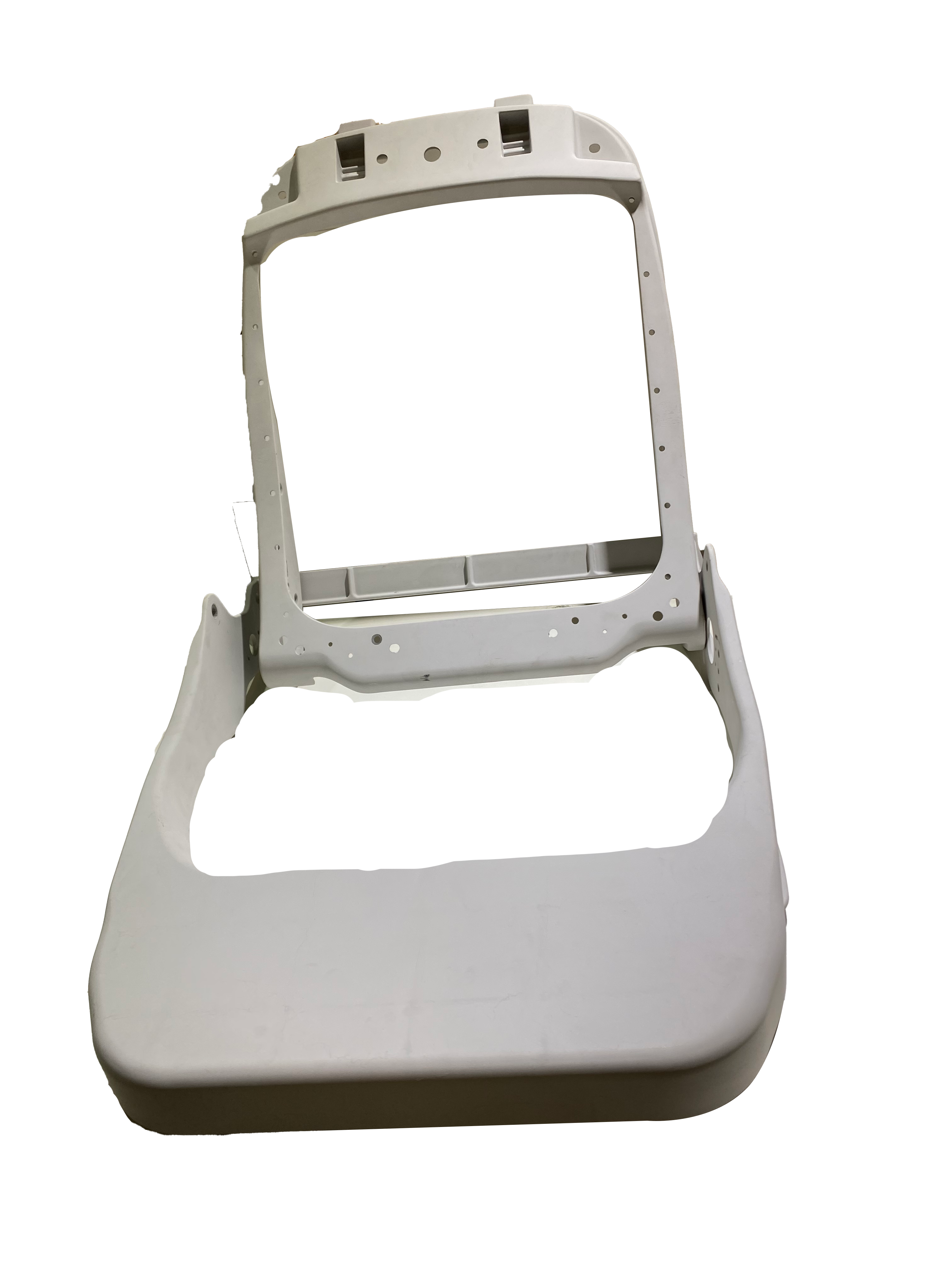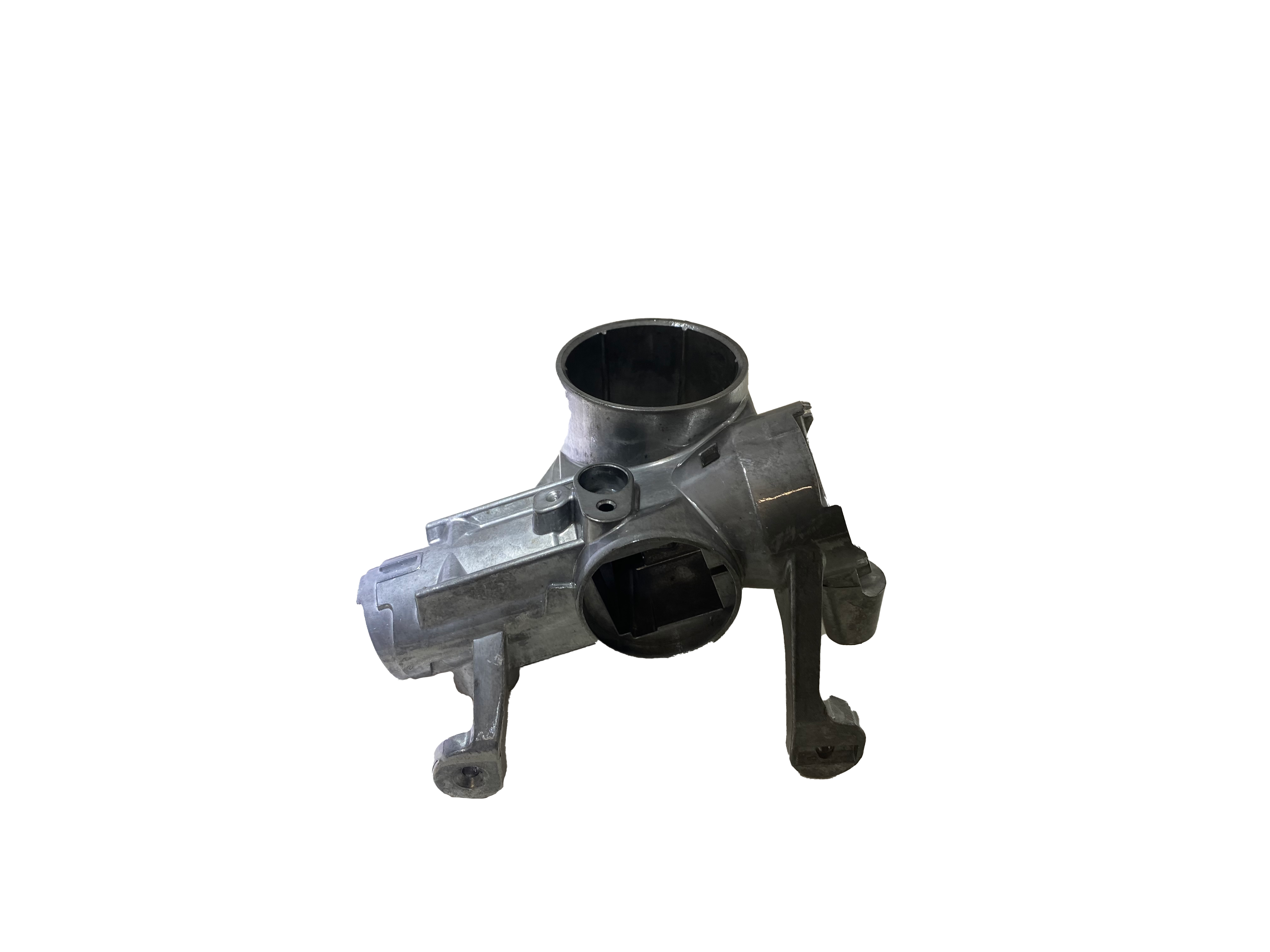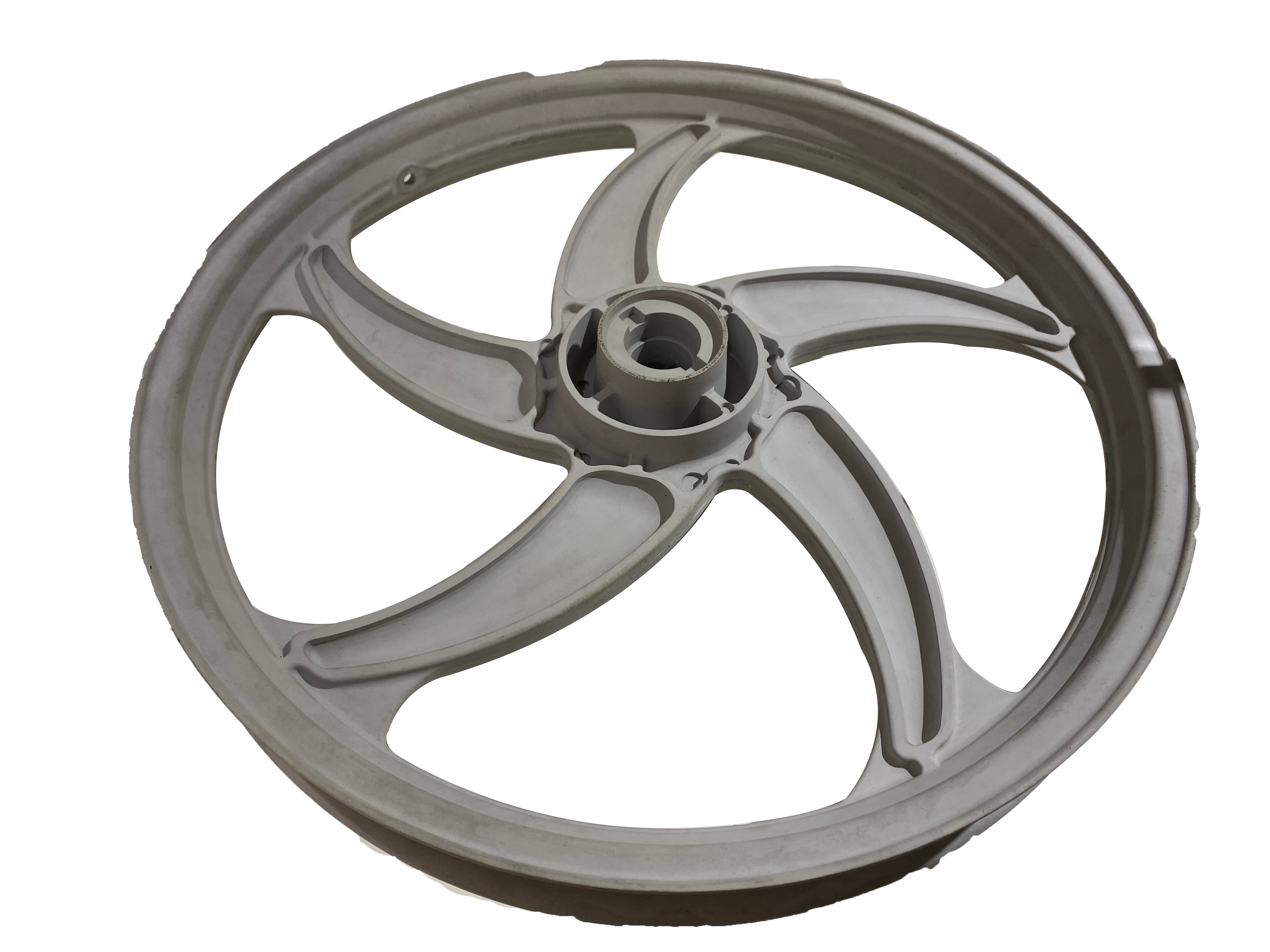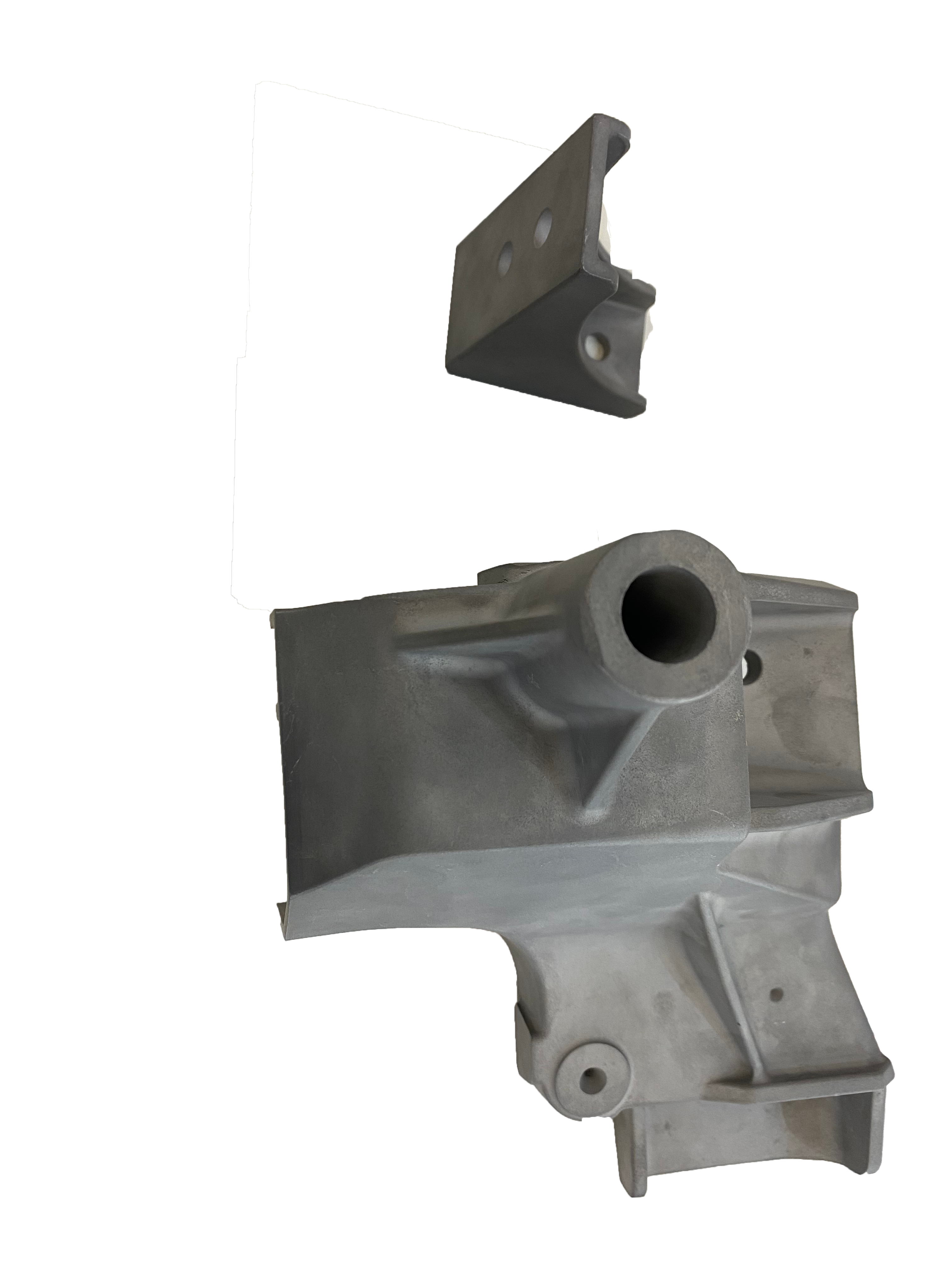Email format error
Email cannot be empty
Email already exists
6-20 characters(letters plus numbers only)
The password is inconsistent
Email format error
Email cannot be empty
Email does not exist
6-20 characters(letters plus numbers only)
The password is inconsistent

Casting
Casting
(9)Aircraft parts casting
It is made up of the following components: the head, the head fairing, the oxidizer and fuel (combustion agent) tanks, the instrument compartment, the inter-stage section, the engine thrust structure, the tail compartment, and other components. Separate connection devices are present on the portions that need to be separated.
Casting parts
Premium dimensional accuracy, typically 0.1 mm for the first 2.5 cm (0.004 inch for the first inch) and 0.02 mm for each additional centimeter (dependent on the casting material)
Iron casting
Castings made using the sand casting technique are created in sand molds. Steel, iron, and the majority of non-ferrous alloy castings can be produced using sand casting. Sand casting can be adapted to single-piece manufacturing, batch production, and mass production since the modeling materials used in the process are inexpensive and simple to get, and the molds are simple to build. It has long since evolved into the fundamental step in casting manufacturing.
Lost wax casting
Investment casting, also referred to as lost wax casting, involves procedures like pressing wax, mending wax, putting together trees, dipping slurry, melting wax, and casting molten metal. Making a wax mold of the component to be cast using wax, then covering it with mud to create a mud mold, is known as lost wax casting. Put the dried clay mold in hot water to melt the internal wax mold.
Magnesium alloy parts for automobile
A type of magnesium alloy that is appropriate for casting parts is magnesium alloy die casting, which is based on magnesium and alloying elements. Cast magnesium alloy and wrought magnesium alloy are two different types of magnesium alloy based on the forming technique. They are very dissimilar in terms of composition, microstructure, and characteristics. Cast magnesium alloy is mostly utilized for electrical, mechanical, and vehicle parts. The main uses for wrought magnesium alloy are thin plates, extrusion parts, forgings, etc.
Automotive magnesium alloy
The life of the die can be greatly extended when compared to die casting of aluminum. This is due to the heat transmission properties of magnesium and its decreased affinity for iron, which leads to negligible soldering and less erosion.
Magnesium casting
Are you trying to find a manufacturer of die cast components with experience and reliability who can machine quality magnesium alloy parts? Your best option is Minghe's bespoke die casting services. We can produce simple and sophisticated magnesium products, including high quality precision magnesium die casting components, investment casting magnesium components, and high pressure die casting magnesium components to fulfill your needs. We have more than ten years of experience in magnesium die casting.
Magnesium die casting
Magnesium is more expensive than aluminum and zinc. Therefore, it is not the best option for a production solution that is economical. Aluminum is about 35% heavier than magnesium. Therefore, it is primarily employed by automakers to reduce overall vehicle weight.
Magnesium alloy casting
Magnesium is less stable, softer, and more prone to bending than aluminum when put under stress. It is also more expensive than aluminum, making it less desirable. In addition, magnesium has a melting point that is higher than that of zinc, which may increase the cost of casting.


